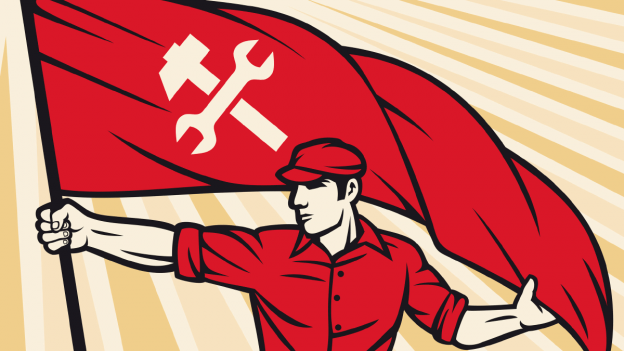Is Feminism Dead? A Response to the VICE Debate on Feminism
Introduction – Is Feminism Dead? YouTuber Khadija Mbowe pointed me in the direction of a new Vice video where a group of different women debated some contemporary feminist issues. As you might expect (given that it’s Vice we’re talking about here), it was something of a shitshow; a selection of liberal, moderate, and conservative women were selected on the panel and then asked to answer broad questions within mainstream feminist discourse with very light facilitation or clarifying questions from the moderator, so that the majority of the video is women with vastly differing political perspectives talking past each other instead of articulating their similarities and differences in opinion. The overall impression is not that feminism is a serious topic that is inherently worthy of discussion, but rather that its value in our current post-feminist society is at best debatable and at worst actively harmful, merely a tool used by crazy,…
